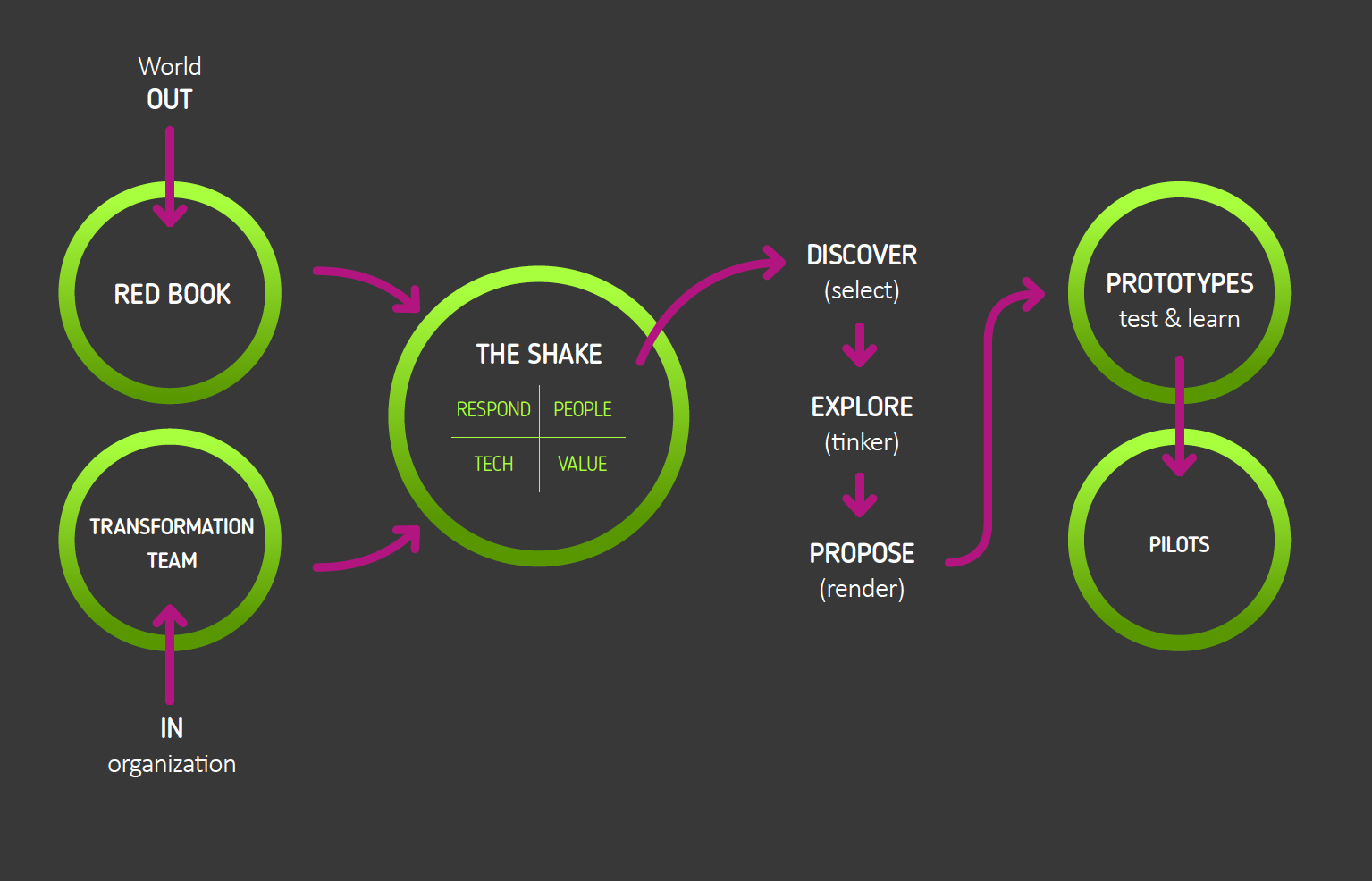
22 Abr Collaborative consumption potential is beyond millenials
[text]Collaboration with other companies or customers is growing not just to create new products or services, not only to produce, but to consume together too. Collaborative consumption has grown rapidly over the past years. In fact, it’s easy to guess that collaboration new initiatives in markets will probably grow faster for consumption purposes than with a Co-production goal. [/text]
[text]Nevertheless, there are two main reasons for companies to pay as much attention to collaborative consumption phenomenon as to Co- initiatives related to the creation of new products or services. First, Co-Innovation mindset and logic can be equally applied to innovative business models or new value propositions derived from consumers collaborating for consuming together or among themselves. Second, any company is hardly just first or last in the value chain, so every business acts both as a seller or provider and as a buyer, so why not to explore opportunities on collaborative consumption with other companies, even if competitors? [/text]
[text]Focusing in the consumer side, a research took place some months ago to measure willingness to take part in various examples of collaborative consumption. As a master thesis research project by Pieter van de Glind in collaboration with ShareNL, a platform for Collaborative Economy in Netherlands, a survey was developed covering a wide variety of uses for collaborative consumption (household goods, cars, rides, meals, gardens, accommodation, and skills) as well as modes of exchanges (buying, selling, renting, lending, giving, receiving, and swapping).[/text]
[text]The questionnaire was completed by 1,330 Amsterdam citizens. The research wanted to know the potential for the whole market and not just the early adopters, so 96% of respondents had never taken part in collaborative consumption and 99% of them were 35 years or older. The overall results indicate that 43.8% would take part in as a consumer, and 31.9% as a provider. From all respondents, 84.1% would take part in at least one example of collaborative consumption. The markets more likely in which to participate as a taker were Accommodation (58%), Car ride (54’9%) and Skills (52’2%). As a provider, people were more likely to participate in any collaborative consumption initiative regarding Car ride (66%), renting an object (52’2 %) or offering a skill (35’9%).[/text]
[text]The main conclusion of the study includes some key ideas: [/text]
[text]
- Collaborative consumption has a substantial consumer potential
- This potential is in no way confined to only digitally savvy millennials
- The motivation to take part include a large variety of motives[/text]
[text]So different factors and demographics explain why people would participate in collaborative consumption. For more details you may check out the thesis itself.[/text]
[text]The consumer potential of Collaborative Consumption[/text]



Sorry, the comment form is closed at this time.